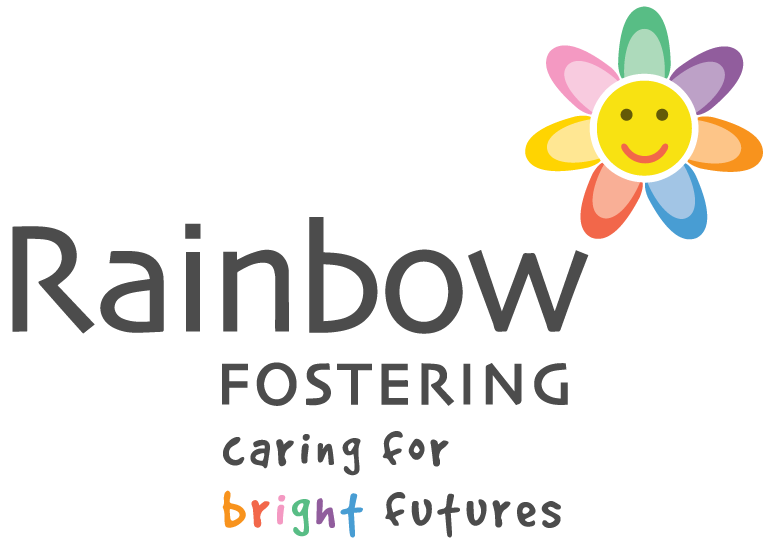FAQs: Fostering Basics
-
Put simply, fostering is when children or young people are placed with foster carers as their parents are no longer in a position to care for them. This can be on a temporary basis lasting for one or two days. It can last for a few months or in certain cases years.
-
Fostering is different from adoption as it involves looking after a child or young person on a temporary basis. Adoption is a permanent arrangement involving adoptive parents assuming full legal responsibility for a child or young person until they reach adulthood. A child who is adopted loses all legal ties with their “birth parents” becoming a full member of their new family - usually taking the family’s name.
-
There are a number of reasons why children are fostered. It can be because of family breakdown or an illness in a family. If abuse or neglect is involved, a child may become the subject of a Child Protection Order.
Any child coming into care will find the process unsettling. Foster carers provide children with safe, stable homes for as long as they are needed.
-
Yes. These can include emergency care, short term and long term fostering. Visit our page for a full explanation of the different types of fostering arrangement.
-
There are several main differences:
Older children can be more difficult for local authorities to place so agencies will tend to have older children need a foster home.
Foster carer allowances are often higher with agencies.
The levels of support and training opportunities can vary between agencies and local authorities. There can be more support and opportunities with an agency to develop your career in specialist areas such as therapeutic fostering.
